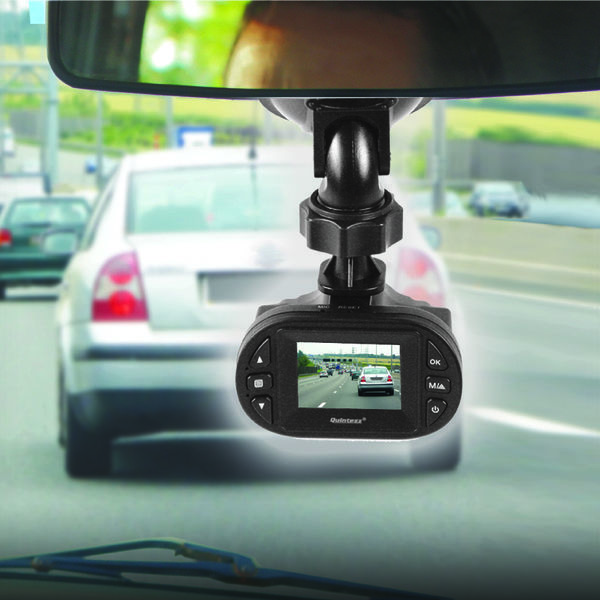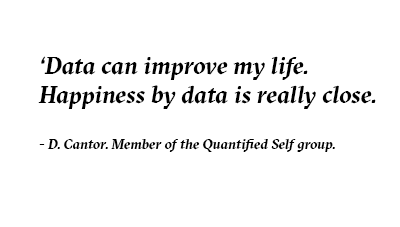Difference between revisions of "User:Borissmeenk/FUTURE MEMORIES"
Borissmeenk (talk | contribs) |
Borissmeenk (talk | contribs) |
||
| Line 31: | Line 31: | ||
[[File:Dashcam_1.jpg | 600px ]] | [[File:Dashcam_1.jpg | 600px ]] | ||
<br> | <br> | ||
| − | [[File:Quantified_self_logo.gif | + | [[File:Quantified_self_logo.gif]] |
<br> | <br> | ||
[[File: F_quote_2.png ]] | [[File: F_quote_2.png ]] | ||
Revision as of 01:09, 10 November 2015
GROUP
Arthur Boer
Boris Smeenk
INTRO
Human memory is floating and unstable. Because we are registering more and more events in our life, memories become static and factual. However, these memories can be influenced by commercial companies and even government.
We want to give our audience the experience of a entirely static memory by using the Oculus as a medium. The virtual space you will walk through is a exact replica of the space you are in at the moment. However, this space will act differently as companies have expressed their influence. A Coca-Cola bottle can now act as an advert on its self in this space.
REFERENCES
TEST
POSTER
SETTING
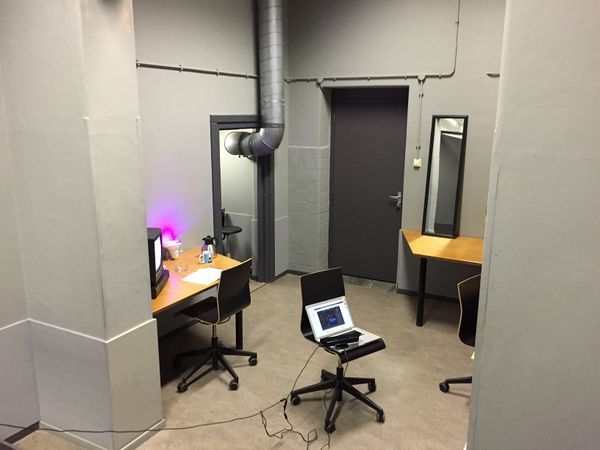
[1] Created visual memory
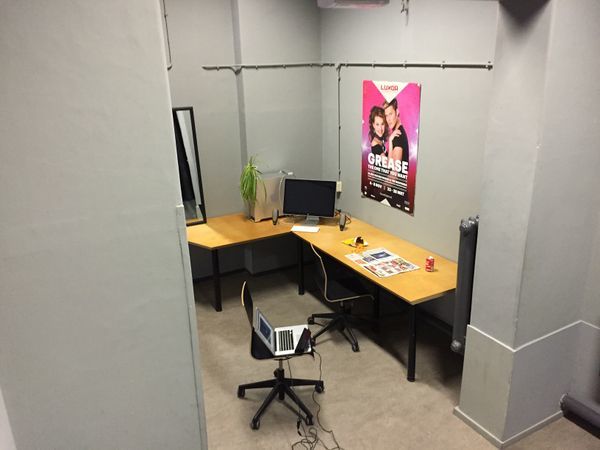
[2] Created visual memory
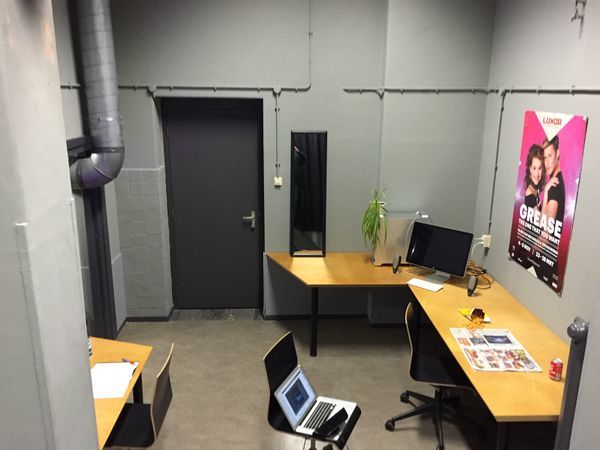
[3] Created visual memory
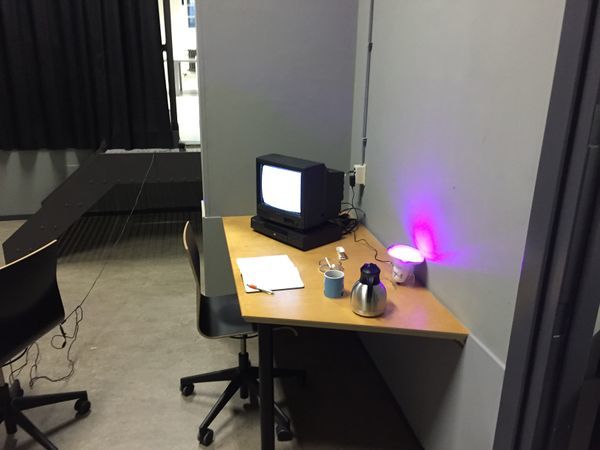
[4] Created visual memory
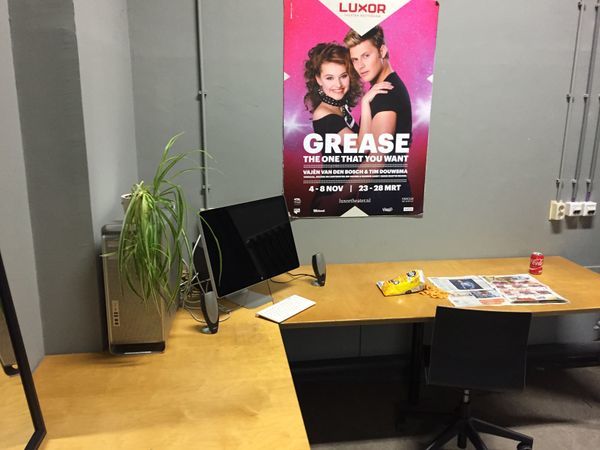
[5] Created visual memory
STATIC DATA
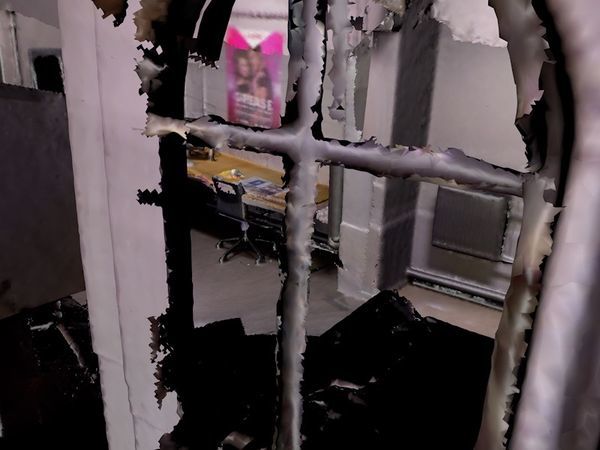
[1] 3D scan of the room using the Kinect.
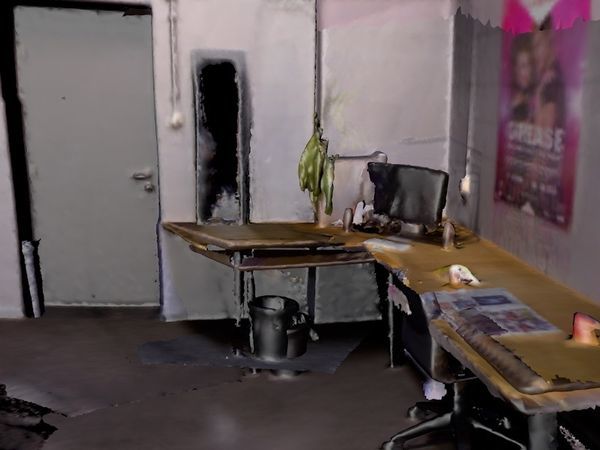
[2] 3D scan of the room using the Kinect.
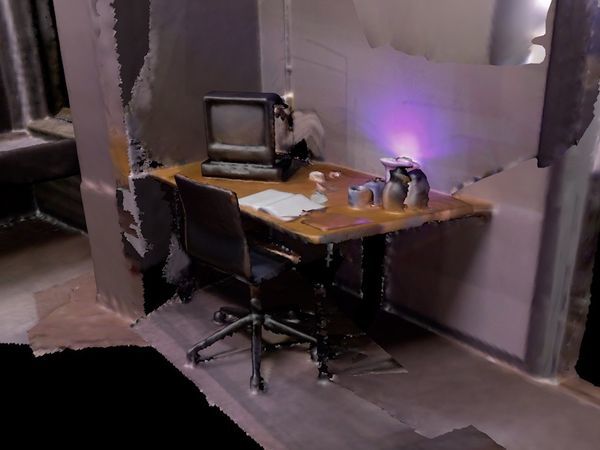
[3] 3D scan of the room using the Kinect.
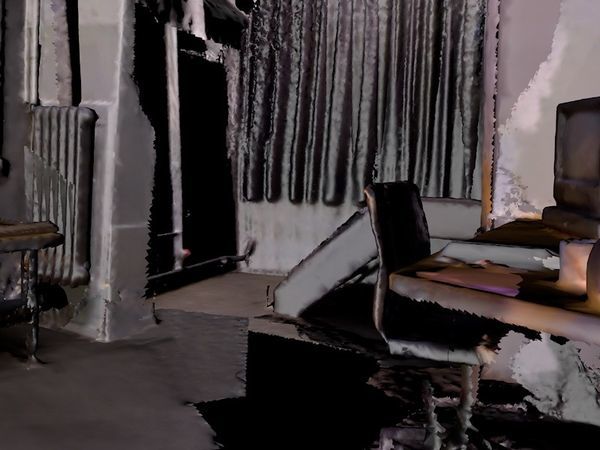
[4] 3D scan of the room using the Kinect.
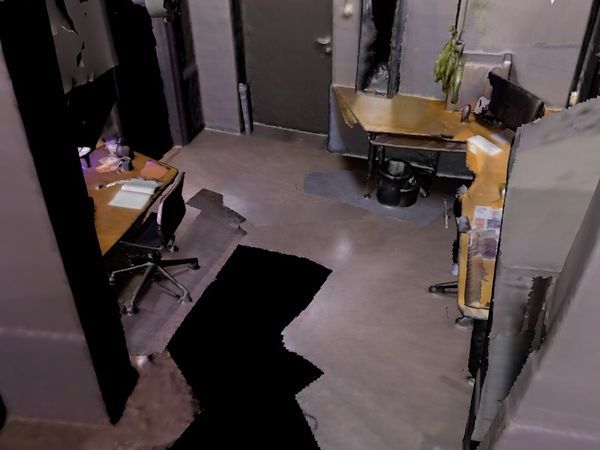
[5] 3D scan of the room using the Kinect.

